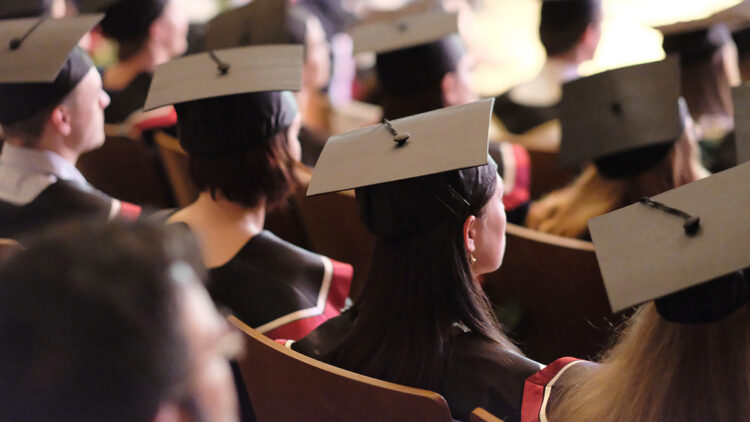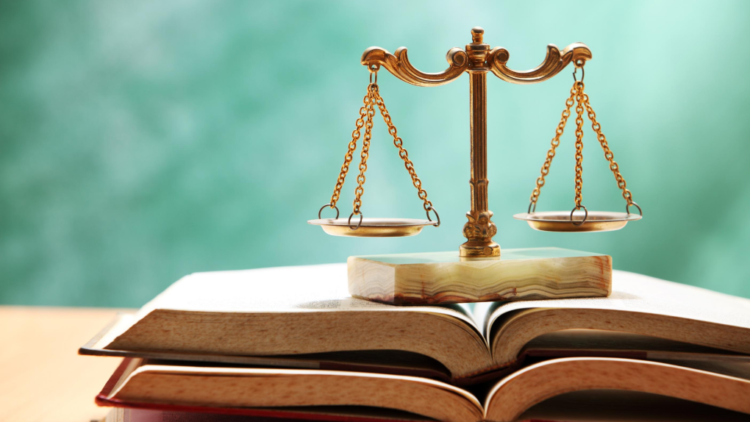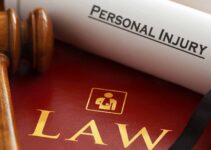The profession of a lawyer (lawyer) attracts young people and many students in the United States, but becoming a lawyer is not as easy as it might seem at first glance. In order to become a lawyer in the United States, you need to go through several difficult and not at all cheap stages, which take about 7-8 years in total.
Getting higher education is the first stage.
Most law schools in the United States require a bachelor’s degree (4-year higher education) and appropriate professional training from the prospective student. It’s interesting to note that the profession you went to in college doesn’t really matter, which is why you can find former accountants, financiers, chemists, and even designers in law schools.
Graduating from law school and obtaining a doctorate in legal law is the second stage.

Source: abaforlawstudents.com
To enter law school, in addition to a 4-year higher education, you must also pass the LSAT (Law School Admission Test) entrance exam. This test consists of five 35-minute parts, where all questions are multiple choice. The test result usually ranges from 120 to 180 points.
At the end of the test, a half-hour written assignment is given, the assessment of which is not included in the overall test result, but this assignment is sent to the schools where the student has sent applications. The LSAT is usually done twice a year.
When considering law school applicants, the admissions committee takes into account not only the LSAT scores, but also the grades the student received during college.
And finally, a “personal story”, or Personal Statement – an essay of 3-5 pages, where the student tells why he decided to become a lawyer, or about any event in the world of jurisprudence. In such an essay, the future lawyer must demonstrate his writing and analytical skills.
To graduate from law school and qualify for a lawyer’s license, you must study 3 years full-time or 3.5-4 years evening.
To obtain a diploma, you must complete 86 credit hours, of which the obligatory hours are in the specialties of “criminal law“, “constitutional law”, “analysis”, “contracts”, “professional duties” and many other general courses.
In the second year of study, the student has the right to choose courses that are interesting to him in accordance with the direction of the future profession. Moreover, a lawyer is not obliged to choose the direction of practice until the very end of training, since a lawyer’s license allows you to practice in a certain state / jurisdiction, and not in a certain direction – for example, immigration or family law.

Source: oztrekk.com
This feature of the profession allows you to change the direction of practice at virtually any point in the professional career of a lawyer without any additional exams or tests.
Obtaining a license as a practicing lawyer according to the classical scheme is usually the third step towards the practice of law for those who have a doctorate in law after graduation and graduation from law school.
A student with a Juris Doctor degree cannot practice as a lawyer until he is admitted and has passed the bar examination in the state where he wants to practice.
Each state of the United States has its own organization – a bar or bar association, which conducts an examination for the right to become a practicing lawyer with an appropriate license (uniform bar examination).
To pass the exams for obtaining a license, you must provide a diploma, a testimonial from the dean of an educational institution, fill out a detailed questionnaire, pass fingerprints, report all violations committed (not only crimes, but even accidents), provide a list of all debts, pass an interview with “Candidate commission”.
The state bar exams are usually administered by the state bar association. In 2011, the National Conference of Bar Examiners (NCBE) created the Uniform Bar Exam (UBE), which has since been adopted by 37 jurisdictions (out of a possible 56). Check out TestMaxPrep to read “Uniform Bar Exam FAQ”.
In fact, these are several separate exams. There is a separate exam on the specific differences between New York law and other states. It can be taken online. The ethics exam is taken separately – it is impossible to pass it simply in terms of “good” or “bad”. The regulation of certain issues is very thoughtful, sometimes it is counterintuitive. The system for protecting the rights of clients is quite tough, and there are also very tough cases for the protection of attorney secrecy.

Source: abaforlawstudents.com
The main exam lasts two days. The first part of the exam is practical: two files are provided with case materials and acts of legislation of a nonexistent state, which need to be analyzed and the requested documents prepared – a memorandum, a response to an opponent’s lawyer, etc. As part of this three-hour assignment (1.5 hours for analyzing each file and preparing the “product”), the candidate must demonstrate the quality of legal analysis and his ability to develop arguments, identify facts and operate them, develop a strategy for solving the problem and, most importantly, correctly correlate problems and strategies; and identify and resolve ethical dilemmas.
Then another 3 hours are allocated to prepare six essays (30 minutes for one essay and without the right to use anything), when writing which you need to apply knowledge of 16 areas of law tested in the exam and already in the context of practical situations. The assignments are selected in such a way that several areas of law are combined within the framework of one essay.
The next day – tests in eight “key” areas of law (200 questions-situations): civil procedure, constitutional, contractual, criminal law and procedure, law in the field of real estate, regulation of the admissibility of evidence, tort law. You can’t use anything. The exam lasts about six hours with a break. One question is allotted approximately one and a half minutes. During this time, you need to understand the terms of the assignment, identify all material facts, the tested area of law and the applicable rule, analyze the rights of the parties and choose the correct answer. And the answers differ only in nuances. For this exam, up to 50% of the points are given.
The exam results are published in the open press.
It should be noted that if a lawyer decides to transfer his practice to another state, he will need to pass the bar exam again in that state.





